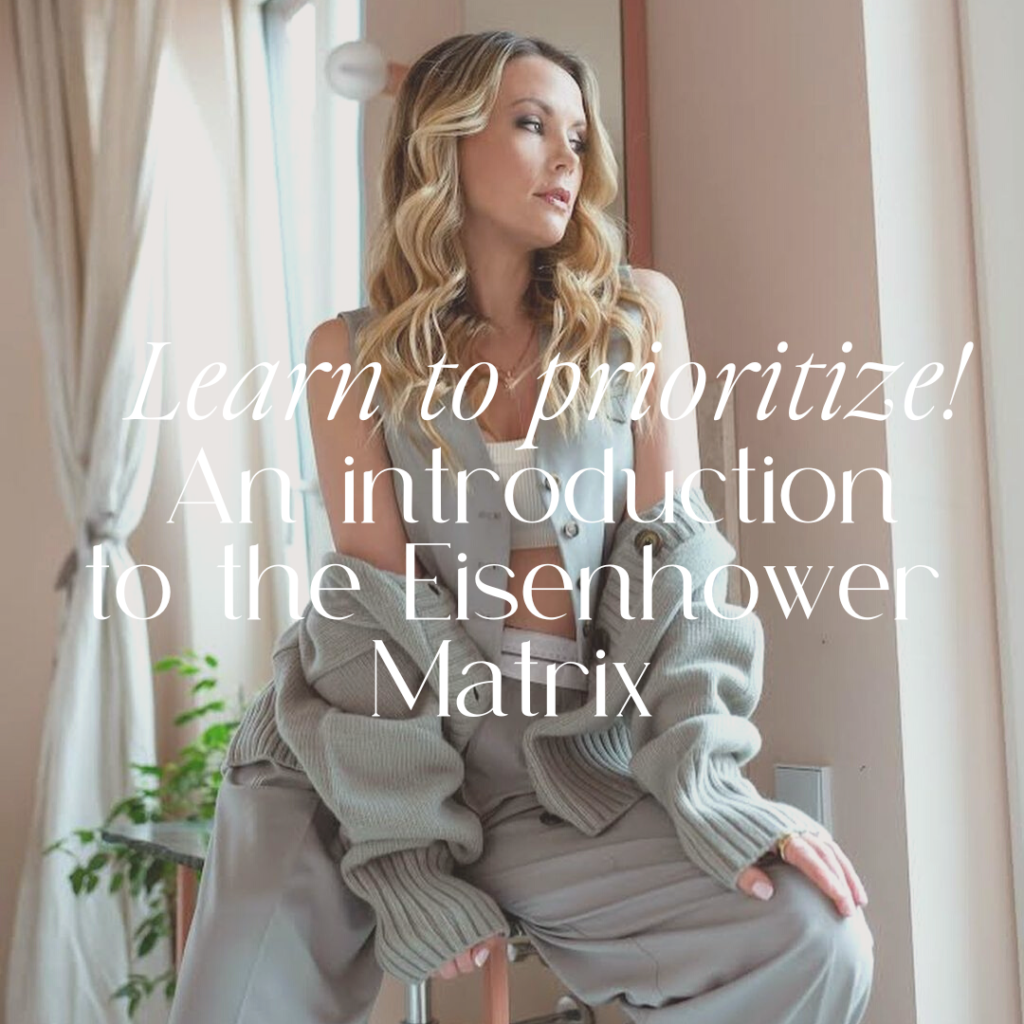
How habit stacking can change your life


Have you ever taken up a new habit just to find yourself giving up after a few days?
We sure have. Changing our habits or embracing new ones is undeniably challenging. While some individuals effortlessly adopt behaviors with admirable discipline, for the rest of us mere mortals, establishing and sticking to habits can feel like an impossible task.
Thankfully, there is a scientific explanation for our troubles. Our brain’s neural connections are strongest for the actions we already engage in, but weaker or nonexistent for unfamiliar behaviors. We are naturally inclined to stick to what we know, what we’re good at, and what feels familiar. But this doesn’t mean we are doomed to fail.

There’s one simple but effective technique you might not have come across yet: HABIT STACKING.
It involves “stacking” the new behavior onto an existing one, leveraging our existing strong neural connections. This technique helps us remember to perform the new behavior and reduces the mental effort required.
Examples of habit stacking
The idea is quite simple. Someone who wants to incorporate reading into their daily routine can stack it onto their existing habit of drinking morning coffee. They can commit to reading a few pages while savoring their cup of coffee each morning.
Another example is stacking a short stretching routine onto the habit of brushing teeth before bed. By doing a few simple stretches immediately after brushing, it becomes easier to maintain a regular stretching practice.
Tips for habit stacking
Start small
Studies have revealed an intriguing insight: consistency in practice holds more sway over change than the duration of practice itself. In fact, engaging in a task for just five minutes every day proves to be more effective in bringing lasting transformation than dedicating 30 minutes once a week.
The preexisting habit you choose to stack upon can be as seemingly trivial as, “While my coffee brews, I will delete five emails.” The key lies in setting attainable goals. The more realistic the goal, the higher the likelihood of accomplishing it.

Try to be specific

To create new habits (and stick to them), you must be as specific as possible. If your goal is too vague, you’ll have difficulty keeping up with it.
For instance, if you decide to head on a ten-minute walk during your daily lunch breaks, try to determine exactly when you will do it.Will it be five minutes after you’ve enjoyed your lunch or, perhaps, even before you treat yourself to a yummy meal?
Be realistic
Let’s say you want to read more. Setting a goal of finishing ten pages every night after brushing your teeth can seem like a wonderful idea.
But if your little ones have inconsistent bedtimes that have an effect on your routine, it may not be a realistic plan. In this case, try to find a better anchor.

End notes
The idea of starting a new habit can seem daunting unless you have the right strategy in mind. Habit stacking – developed by author S.J. Scott – will change how you create and follow new rituals. And while you’re at it, don’t forget to write down your dreams and goals in your Cloudberry journal!






| Cookie | Duration | Description |
|---|---|---|
| cookielawinfo-checkbox-analytics | 11 months | This cookie is set by GDPR Cookie Consent plugin. The cookie is used to store the user consent for the cookies in the category "Analytics". |
| cookielawinfo-checkbox-functional | 11 months | The cookie is set by GDPR cookie consent to record the user consent for the cookies in the category "Functional". |
| cookielawinfo-checkbox-necessary | 11 months | This cookie is set by GDPR Cookie Consent plugin. The cookies is used to store the user consent for the cookies in the category "Necessary". |
| cookielawinfo-checkbox-others | 11 months | This cookie is set by GDPR Cookie Consent plugin. The cookie is used to store the user consent for the cookies in the category "Other. |
| cookielawinfo-checkbox-performance | 11 months | This cookie is set by GDPR Cookie Consent plugin. The cookie is used to store the user consent for the cookies in the category "Performance". |
| viewed_cookie_policy | 11 months | The cookie is set by the GDPR Cookie Consent plugin and is used to store whether or not user has consented to the use of cookies. It does not store any personal data. |
